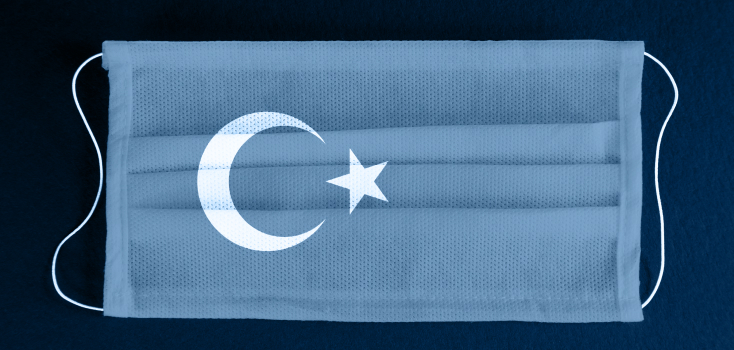
EMS & COVID 19 in TURKEY WEBINAR
On 2.July 2020 the Emergency Ambulance Physicians Association (AAHD) held a webinar on their experience during the pandemic, what problems they faced and what best practices they found. The webinar was presented by the President of AAHD Dr. Turhan SOFUOGLU who is a member of AAHD and a medical doctor and Prm. Abdullah BALTACI who is the Chairman of the Board of Emergency Medical Technicians and Technicians Association (ATTDER). The following is a summary of the outcomes highlighted during the event:
The EMS experience and pandemic preparedness in Turkey: After the 1999-great Marmara earthquake, disaster studies started to be given importance. Turkey suffered from SARS between 2002-2003 but has not experienced a medical emergency from the scope of COVID-19 outbreak. Based on the insights gained during the SARS epidemic, the country had initiated pandemic preparedness planning. This experience facilitated the intervention of emergency response services during the COVID-19 pandemic: In the first months of the pandemic, these plans had a great impact on the EMS and hospitals – it was therefore not seen as a big problem.
The EMS teams working system in the field during the COVID-19 pandemic: The Emergency Medical Technicians and Technicians Association (ATTDER), has been working with AAHD already for years. During this time, ATTDER prepared a “Strategic Action Plan” and conveyed this study to the Ministry of Health and EMS employees across the country. As a result, the Ministry of Health made an important decision during this period regarding the timely provision of Personal Protective Equipment (PPE) to EMS teams resulting in decreased safety for ambulance personnel. Initially, not every ambulance team was dispatched to patients suspected to be infected or positively tested with COVID-19. Such cases were taken care of special teams ensuring that risk was minimized.
Difficulties experienced in the 112 Command Control Center (CCC): There was a problem that COVID-19 cases and other medical emergencies were reported to the call centers via the same line (112), thus stressing consequently the need of redirection to a separate number. Another important aspect was the fact, that working together with the fire brigade and police increased the risk for the EMS practitioners of a potential infection since social distancing was not possible. There were also problems deriving from the necessity to share detailed information on COVID-19 cases, as this was not allowed, but at the same time needed to enable further collaboration between the different EMS organisations involved.
Difficulties for ambulance teams in the field: The number of calls and COVID-19 cases increased while the teams with PPE were few. This led to increased workload causing exhaustion of the EMS practitioners and late arrival at the scene. Attempting to manage all calls via a single 112 emergency line made the communication between the ambulance teams and the call center difficult. However, the majority of the patients infected with COVID-19 who were reached by the ambulance teams were not in a critical state requiring an immediate transfer to the hospital. As a result, the EMS practitioners were undecided about how to proceed and later on quite frustrated to find out that asymptomatic cases who did not show any symptoms were tested positive in the hospital after being transported by ambulance.

